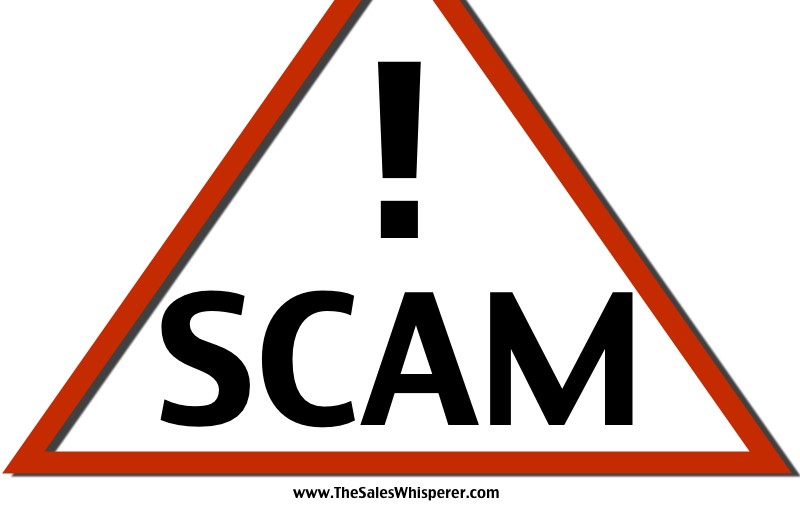Bank of Baroda, India’s second largest state-owned lender is embroiled in a Rs. 6000 crores foreign exchange (FOREX) scam. Though, the racket was first unearthed at the Ashok Vihar branch of Bank of Baroda, it has turned out to be a much bigger scam involving other branches and banks too.
Bank of Baroda noticed unusual transaction from its Ashok Vihar branch in Delhi. The branch had received permission to do FOREX transactions only in 2013. Within a year, it had received FOREX business of around Rs. 21529 crores. Therefore, the bank alerted Government agencies in July 2015. The CBI and the Enforcement Directorate (ED) started investigating the case.
The scam involves illegal remittance of around 6172 crores to Hong Kong and Dubai between August 2014 and August 2015. The amount of each transaction was kept less than Rs. 1,00,000 to avoid attracting attention (if remittance is more than 1 lakh, it is detected by the bank’s software and it has to intimate it to RBI).
There were mainly two ways in which the alleged money-laundering took place. The account holders used either or both to commit fraud.
Advance payments of imports
The accused opened 59 current accounts in Ashok Vihar branch under the names of various dummy/ non-existent companies. They deposited money in these accounts to be transferred to companies in Hong Kong and Dubai (also fake). This money was transferred ostensibly for the purpose of ‘advance payments of imports’ to the companies in Hong Kong and Dubai. But, these imports never took place.
This channel was allegedly used to send the black money earned in India abroad through formal banking channel.
It has to be noted that Bank of Baroda contended that only 6.7% of the 6000 crores remitted abroad was deposited directly in cash in these 59 accounts. The remaining amount was transferred through accounts in other banks. This points towards a possible involvement of different banks.
Exploiting duty drawback scheme
In the second method, dummy companies were opened in Hong Kong. The Indian exporters exported the goods to their own dummy company in Hong Kong and inflated their export bills.
The rationale behind the whole transaction was that the exporter wanted to exploit the duty drawback scheme of the Government. This scheme was started by the Government to incentivise exports. So, if a company or individual exports goods, he gets refund of the following taxes paid on the raw materials used in the production:
- Customs duty paid on imported raw material.
- Excise duty paid on raw material manufactured in India
- and Services tax on input services
As the exports were overvalued, the exporter got duty drawback from the Government which were higher than the customs, excise, service tax etc. actually paid on inputs. This led to a loss to our national exchequer.
This transaction served another purpose too. It enabled exporters to bring back foreign money stashed abroad disguised as payments for exports.
For instance: If a good worth Rs. 100 is actually invoiced at Rs. 150, then the dummy company in Hongkong will sell the goods at Rs. 100, but pay Rs 150 to the exporter in India. In this way, via dummy company, the exporter can bring back extra Rs. 50 worth of black money stashed abroad to India.
Also, the company will get duty drawback on these inflated export bills.
The scam has engulfed other banks too. About 20 of the 59 current account holders in Bank of Baroda had accounts in HDFC bank also. In fact according to the investigators these account holders could have accounts with 30 other banks also.
This fraud raises concerns about the lax governance in public sector banks of India. There is no internal fraud detection mechanism in most banks. Banks rely on traditional channels, such as audits and internal whistle-blowers to detect fraud. Sophisticated tools such as computer analytics and fraud detection algorithms are practically non-existent.
The banks neglected to follow proper KYC norms. They failed to verify whether the companies actually existed or not.
Another issue of concern is that it is not just negligence on the part of banks. The scam of such a large magnitude cannot take place without active connivance by some bank officials. In fact, Bank of Baroda has dismissed 2 senior officials and ED has arrested at least 6 people as of now in connection with the scam.
The Central Vigilance Committee (CVC) has stepped in and has sought a report from CBI and Bank of Baroda on the scam. It wants to take steps for the systematic overhaul in the banking system to enable early detection of such frauds in the future.
The investigation is still underway. I will update this article as the scam unfolds. Stay tuned to this space.
If you like this article, you can use the social media buttons below the article to share it with your friends.
References:
5 things to know about the Bank of Baroda scam (An article by business standard)

Hello I am so delighted I found your site, I really found you by error, while I was researching on Bing for something else, Anyhow I am
here now and would just like to say cheers for a tremendous post and a all round enjoyable blog
(I also love the theme/design), I don’t have time to browse it all at
the minute but I have bookmarked it and also added in your RSS feeds,
so when I have time I will be back to read more, Please do keep up the excellent work.
Thank you so much for your appreciation. Keep reading 🙂